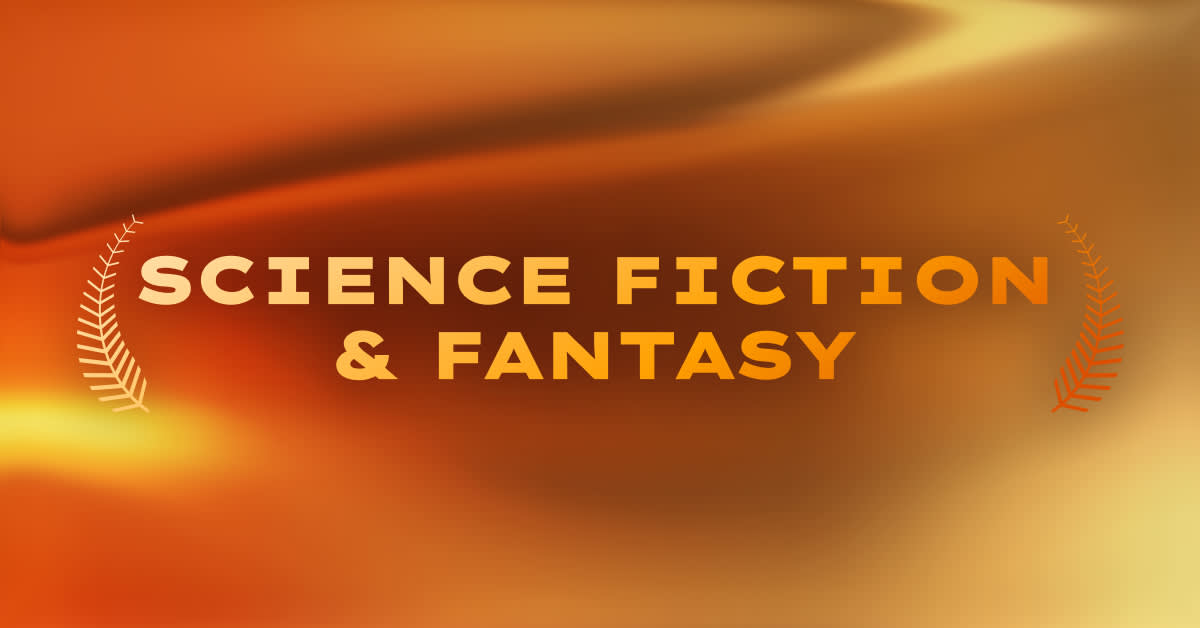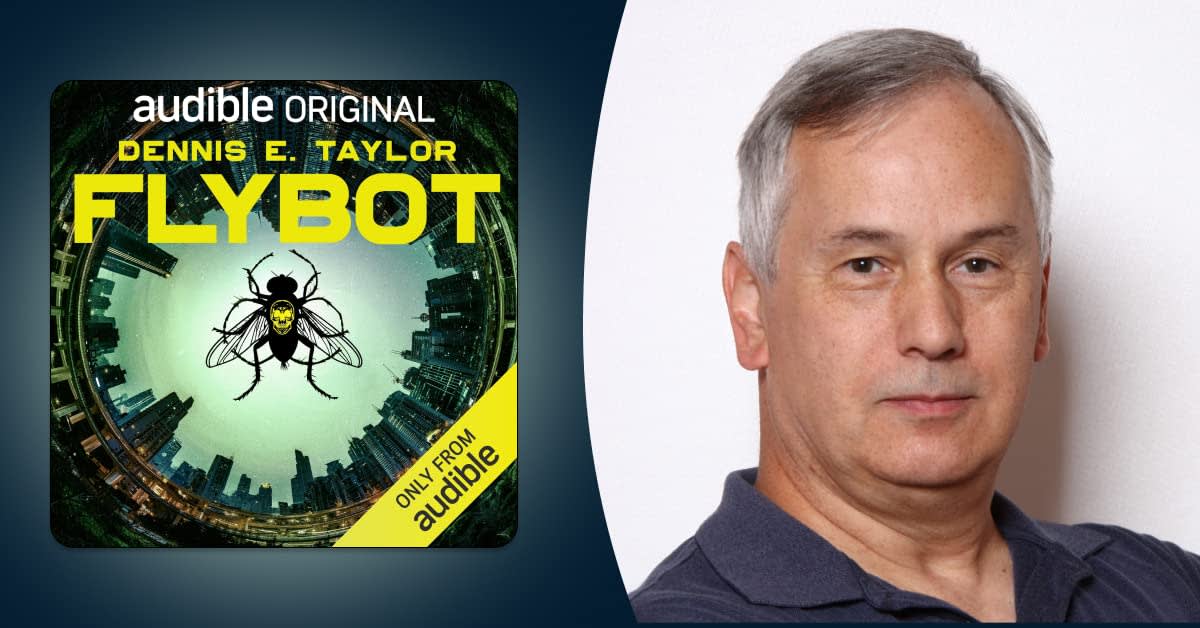It's ironic that the book I haven't been able to stop thinking about for the past several months, There Is No Antimemetics Division, leads with the idea that there are entities that can't be retained or remembered. (What is this sorcery?!?) So I reached out to the British computer programmer who writes under the pen name qntm to find out how he built such a hard-hitting sci-fi concept that is utterly pervasive and mind-blowing about ... what was it again, exactly?
Emily Cox: This fascinating new novel lives within the universe of the SCP Foundation (with SCP standing for “secure, contain, protect”). For those who aren't familiar with this collaborative fictional landscape, can you give a brief, high-level explainer about how this storytelling community evolved?
qntm: SCP is a collaborative web-based horror/science fiction project which has its origins in internet creepypasta. The SCP project is a collection of individually numbered "SCPs"—items, people, events, and places, each with some kind of bizarre or frightening supernatural twist, each one scientifically documented by the mysterious Foundation. Each of these SCPs is basically a small, self-contained work of fiction created by a different contributor to the SCP project. There's only a very loose framework of continuity linking them all together, which makes the collection very accessible for readers—there's no standard reading order, you can just dip in and out, reading whatever is new or whatever is well-rated or whatever you think sounds cool. It's also very accessible for writers. And so, out of this framework, a writing community has formed.
The project started in the 2000s, with only a few dozen SCPs. In 2025, there is a massive community, almost 9,000 SCPs (many of them hugely ambitious), and much ancillary material besides.
I love the SCP project, and I'm proud to be part of it. I originally serialized There Is No Antimemetics Division on SCP, and it's one of the project's most popular works. This new edition of the story has been totally overhauled for traditional publication to a wider audience.
Another grounding question for newbies: What the heck is an antimeme?
A meme is a contagious idea, an idea with some kind of catchy hook which makes you want to share it with other people. An antimeme is the opposite of that: It's an idea which you either don't want to share—passwords, taboos, dirty secrets, injunctions—or an idea which you can't hold on to even if you try—complex equations, boring tax law, dreams.
This book is about what happens when you weaponize that. What if you have a dangerous anomaly, an enemy, which you can't remember exists or is impossible to warn other people about? How would you fight that enemy? What organization could survive that war? Who would work there, and what would it cost them?
I was amazed by all the various insidious forms these antimemes took on. I already have a guess, but which is your favorite antimemetic entity in your story?
The Ones Who Walk Very Slowly are a species of incredibly spindly giraffe-like creatures who are over a mile tall at the shoulder and yet totally invisible to normal perception. I think they're lovely. They're also among the few antimemetic entities that are relatively docile and harmless.
This book is so visually interesting, filled with redactions and symbols. How did you inform the adaptation to audio?
This has required some creativity! There Is No Antimemetics Division has been through several format shifts in the past, from the web to e-book to print, and now to audio. And each shift is an opportunity to do something new. There is real text behind all the redactions. So, our excellent narrator, Rebecca Calder, has recorded the entire original unredacted text, and now we're selectively muffling, garbling, or bleeping parts of that audio, in order to create the right effect.
Memory and the ability (or inability) to trust history and historical records is a key theme in this book. With the simultaneous emergence of AI bringing us deepfakes, and the increasing political pressure to edit or sanitize certain historical truths, what's your advice for how to best navigate a cultural landscape rife with misinformation?
I think my strongest single piece of advice would be to just slow down a little when sharing things on social media. Don't engage as much. Take a step back, think twice. It's getting easier and easier for people to lie now, to create videos and photographs and screenshots and quotes that are total fabrications. Sometimes people do this for clout, to get eyeballs, and sometimes to push forward an unpleasant agenda, but either way—double-check what you see. Can you source it? Does it seem real and credible? And don't share it until you're sure.
As I finished this book, I found myself fully convinced that antimemes exist and may be a real and present danger, even if they are different than your story imagines. What do you think is the real-world risk of such entities?
There are plenty of real-world ideas that are difficult to hold on to, or which find difficulty propagating, for mundane reasons. Some of these ideas are genuinely of no significance. The real question is what is out there, quietly festering, which we really badly need to be paying attention to, but we aren't, because we can't or because we don't want to. Or because some other, flashier idea is distracting us from the important one.
Unfortunately, almost by definition it's impossible to give an answer to this question! We might not know until it's too late. Even after it's too late we might not know.
The old adage is "Follow the money"—so maybe now we need to say "Follow the attention." Look at what everybody is being told to look at, and then look in the opposite direction, where all the attention is flowing away from.




